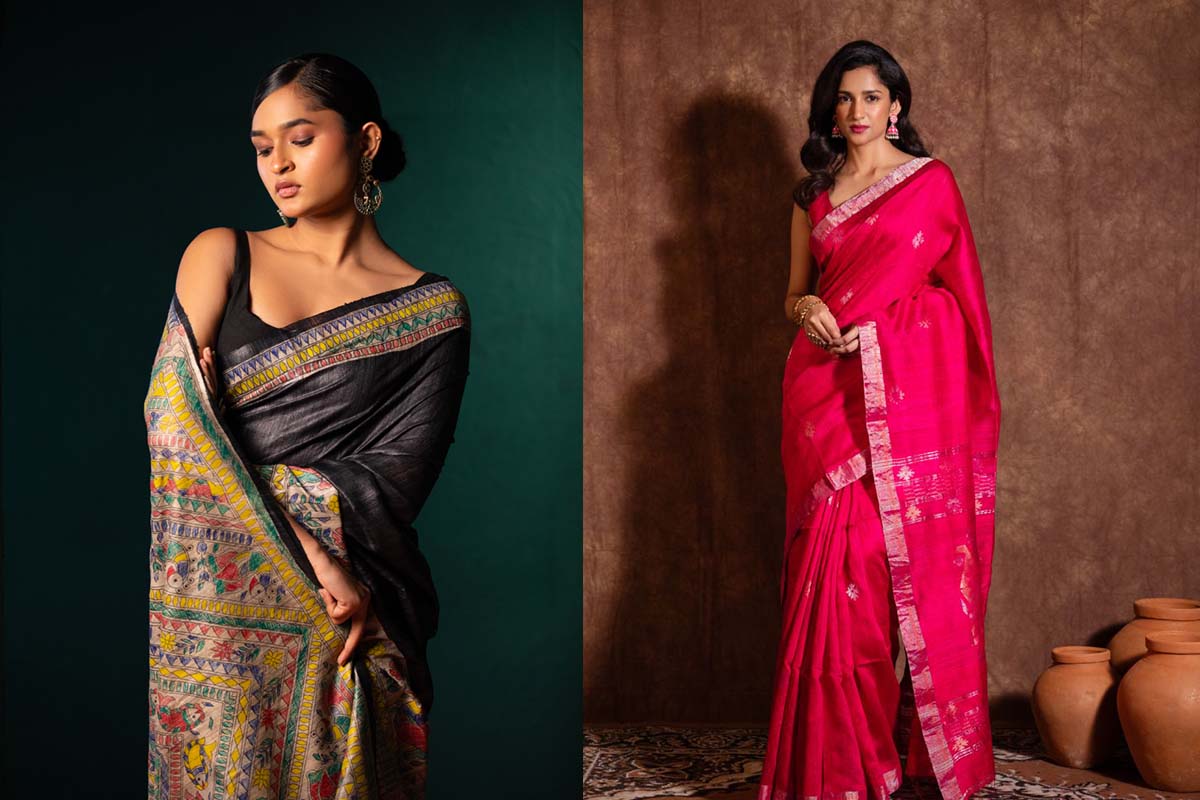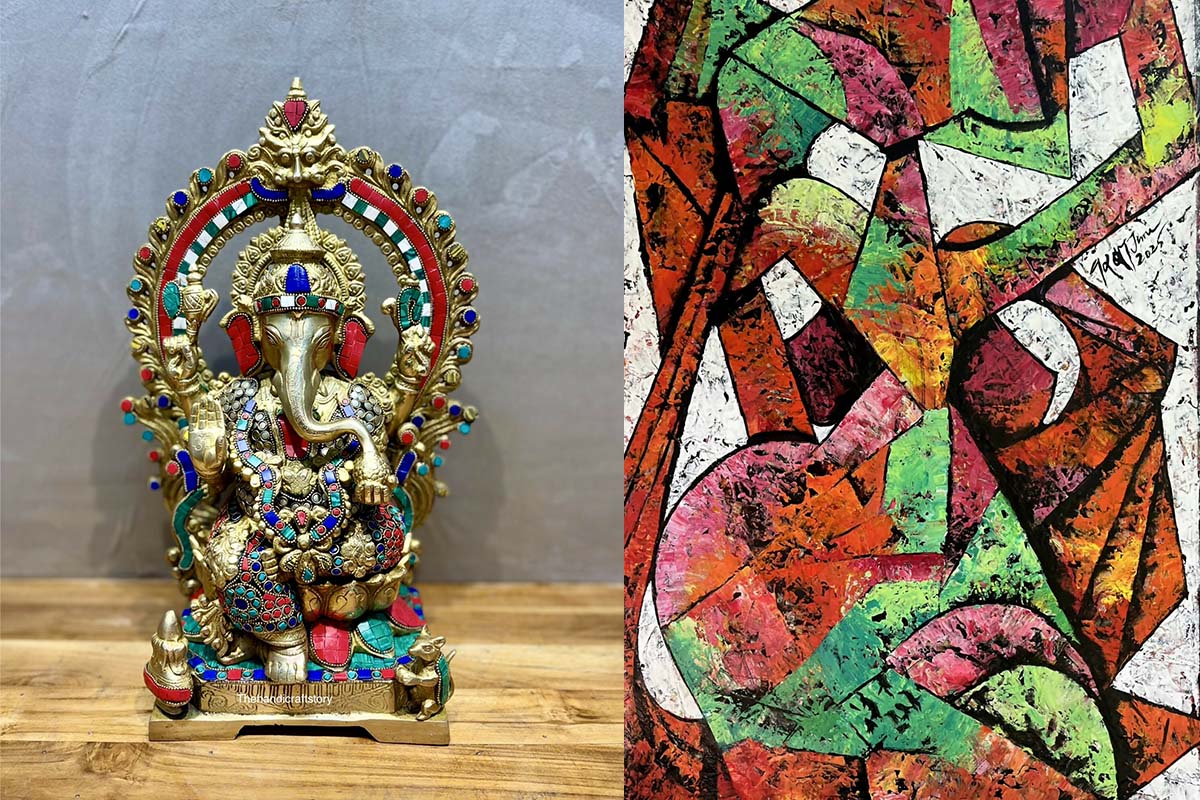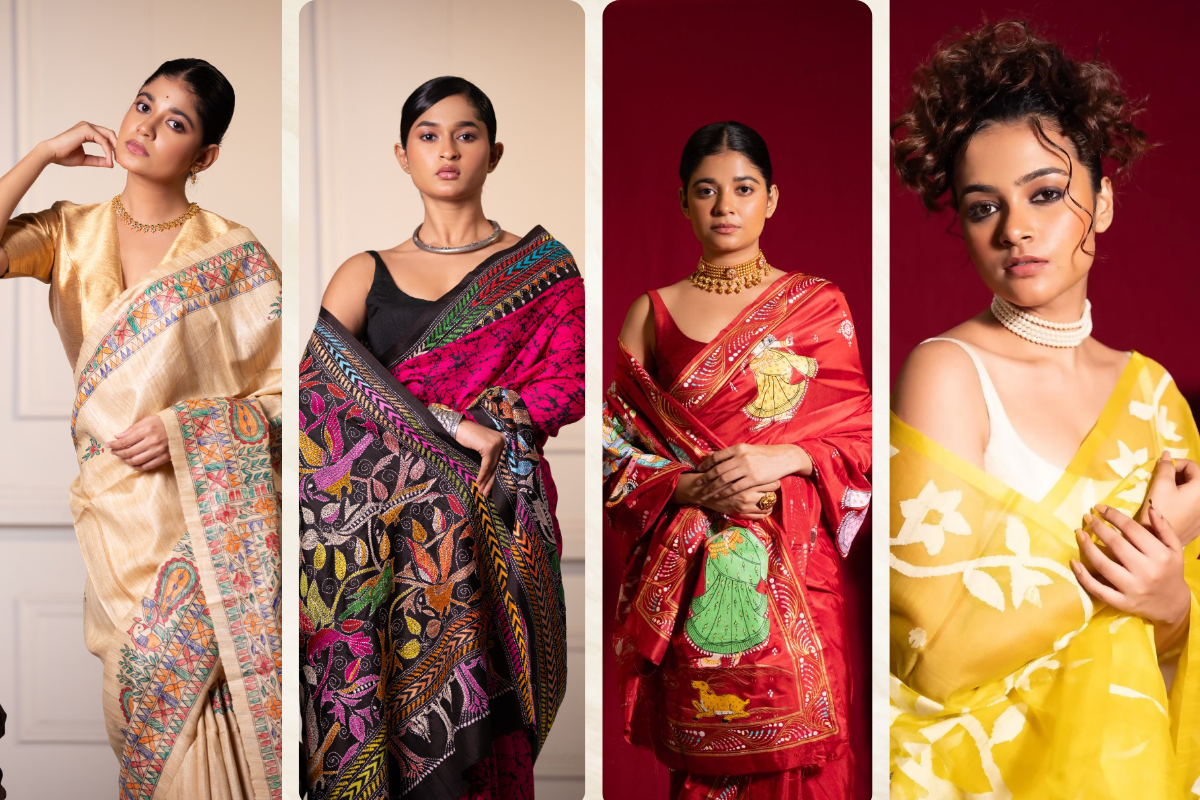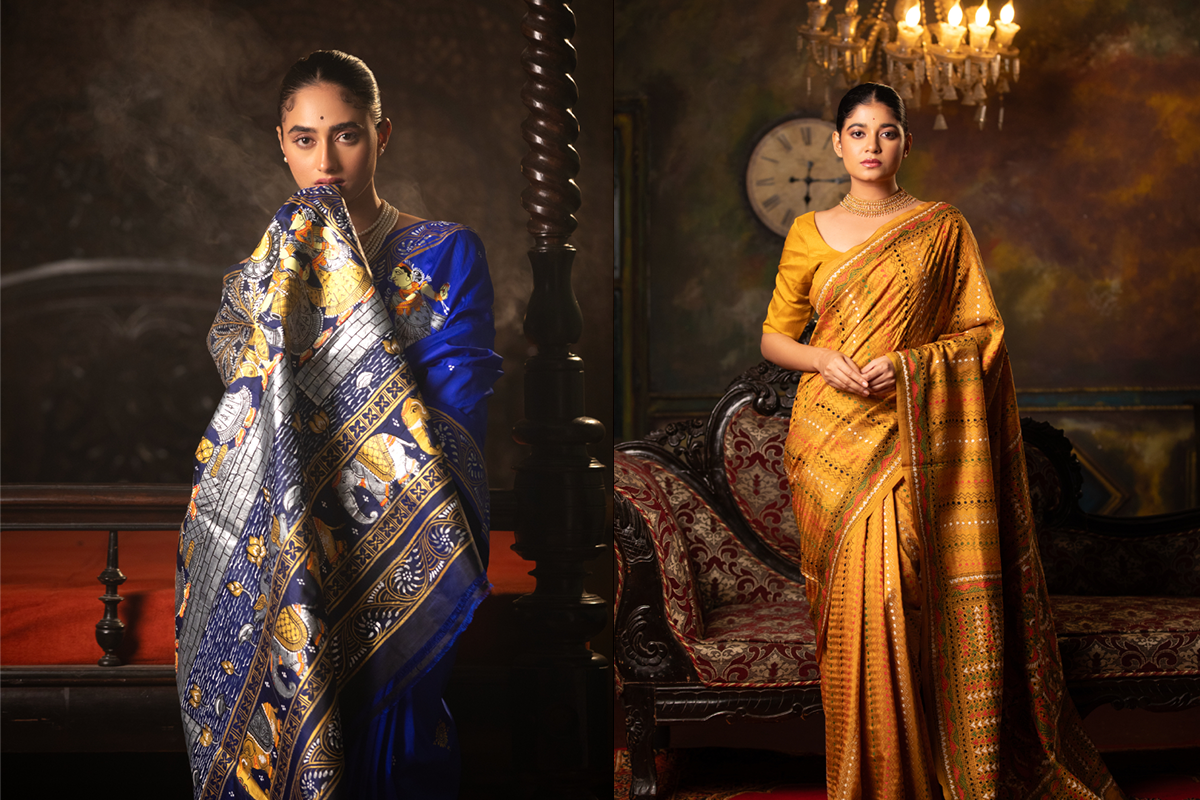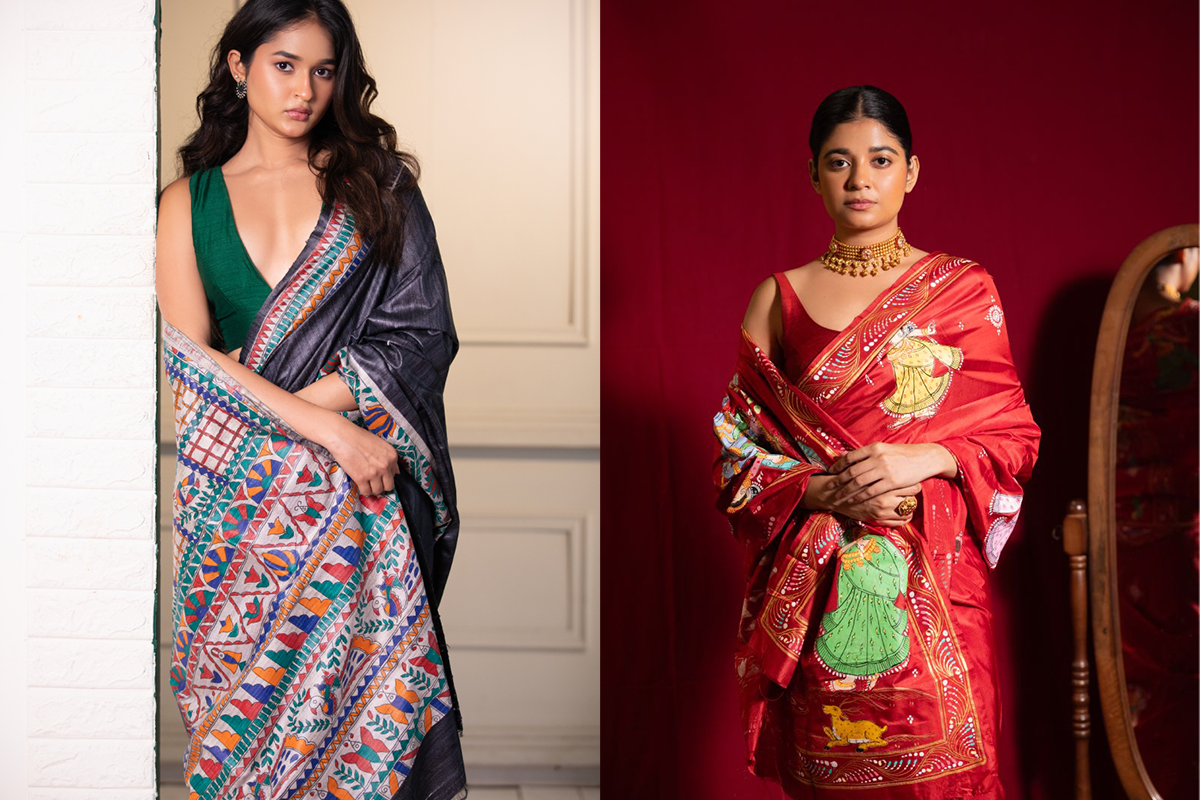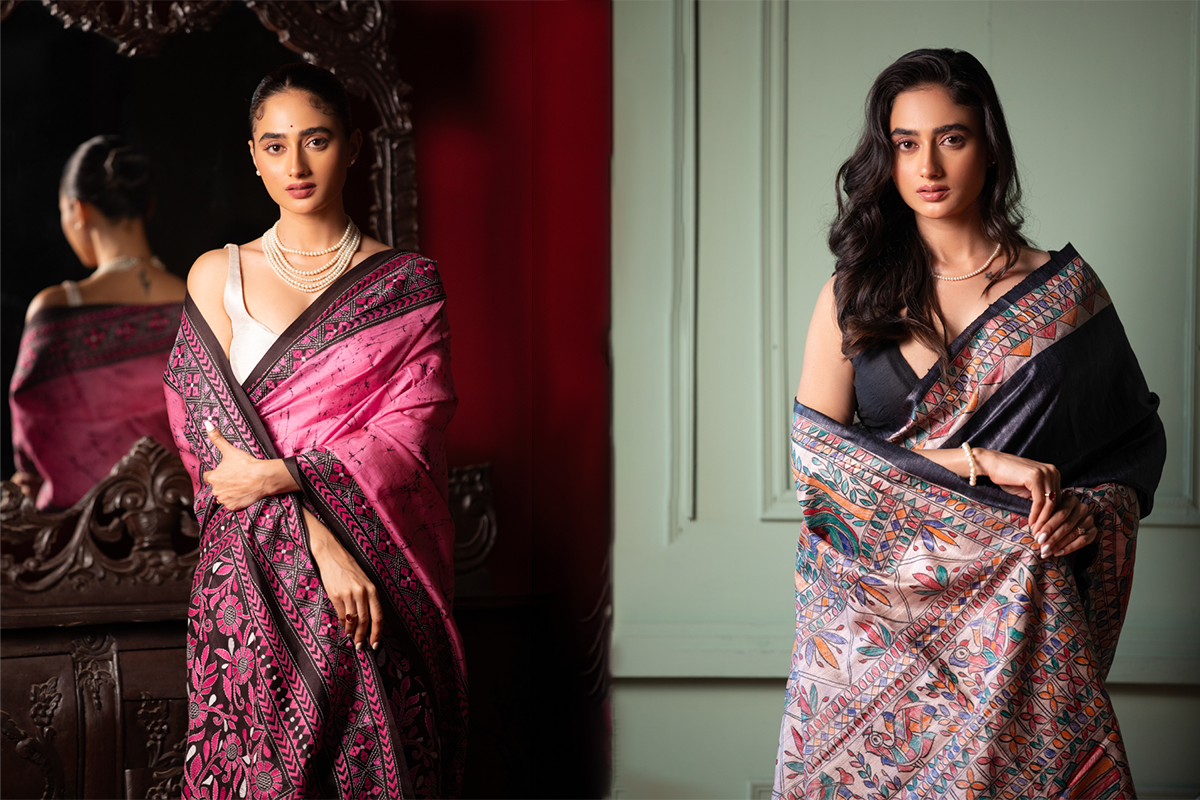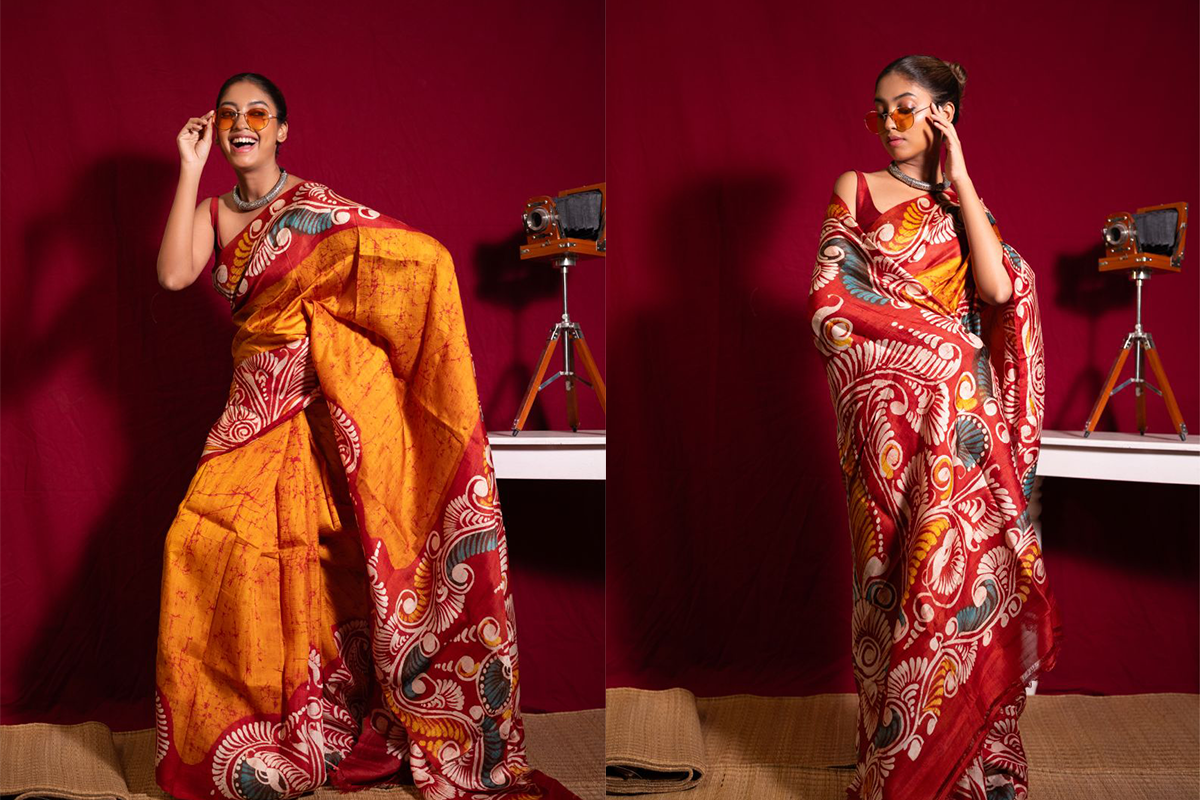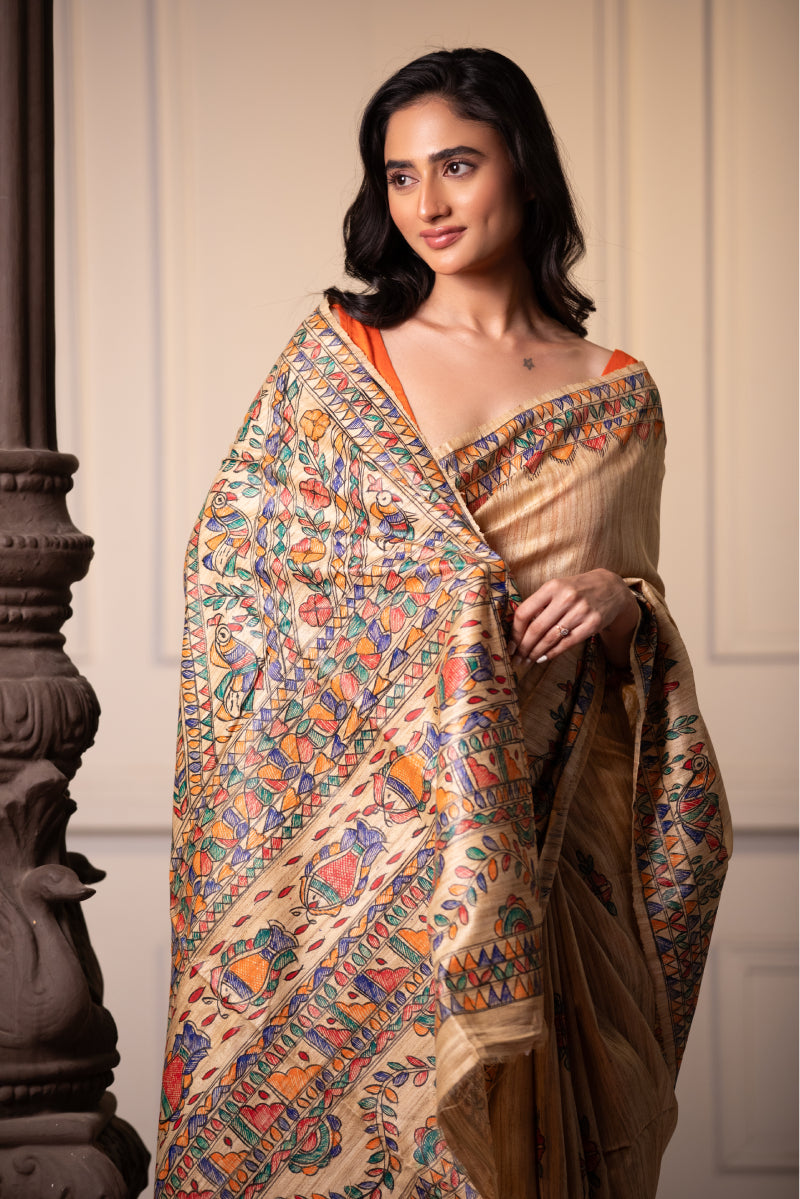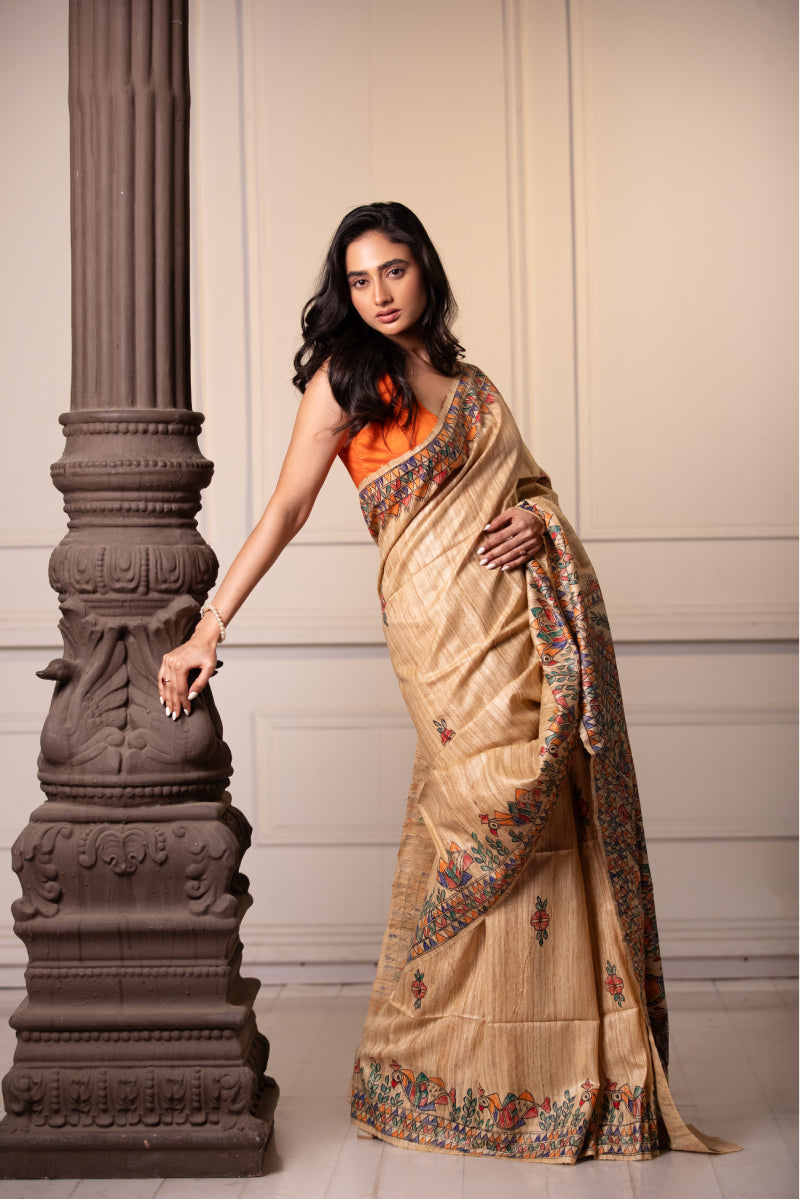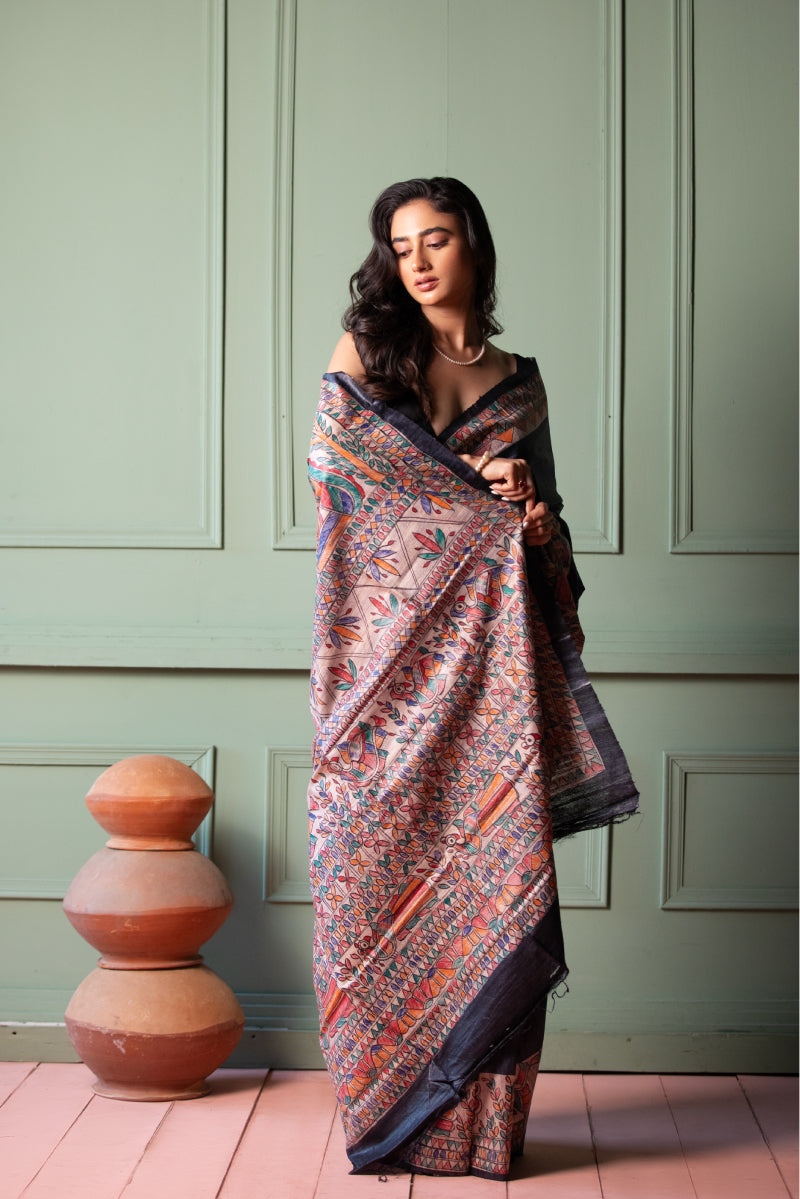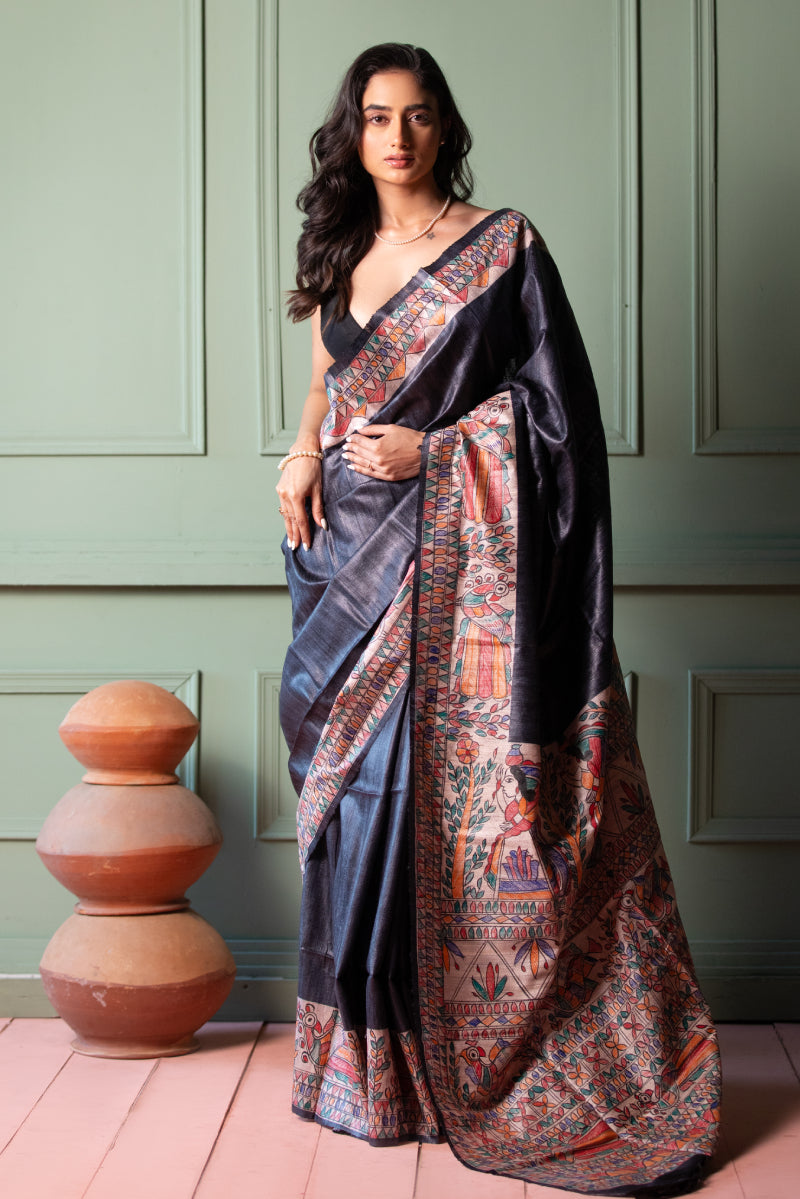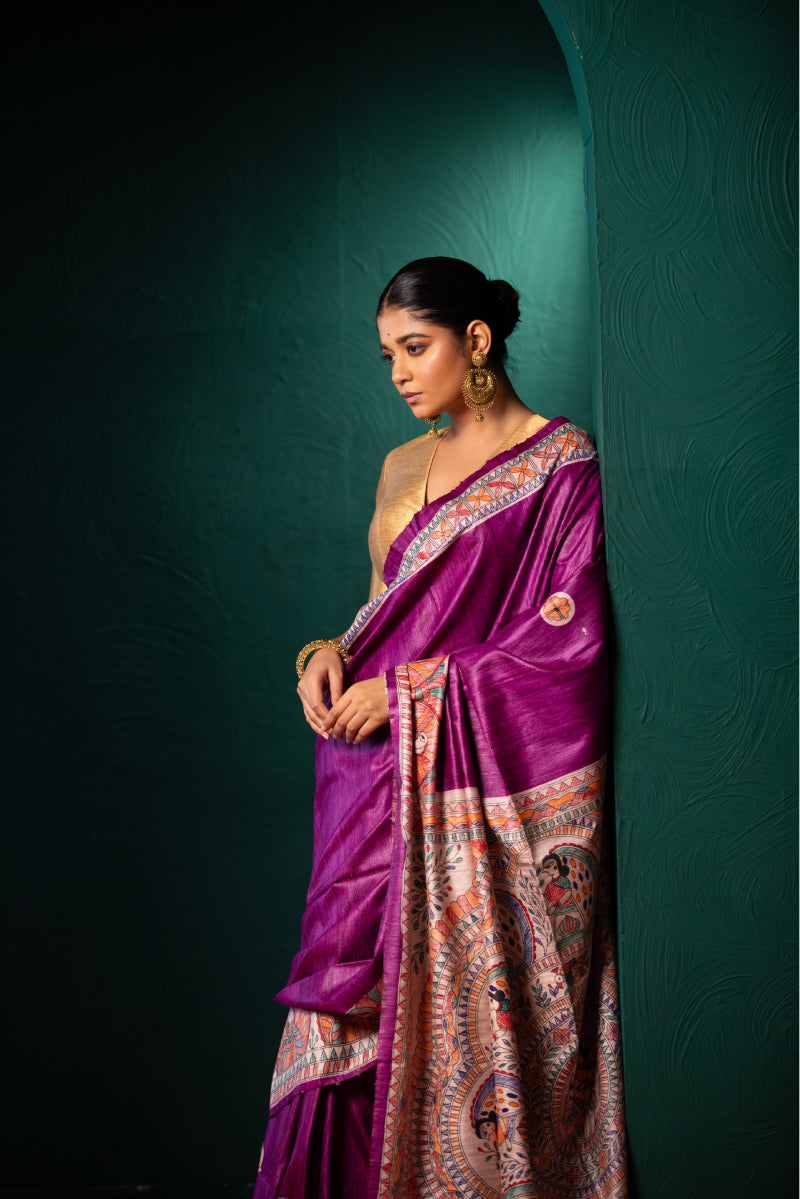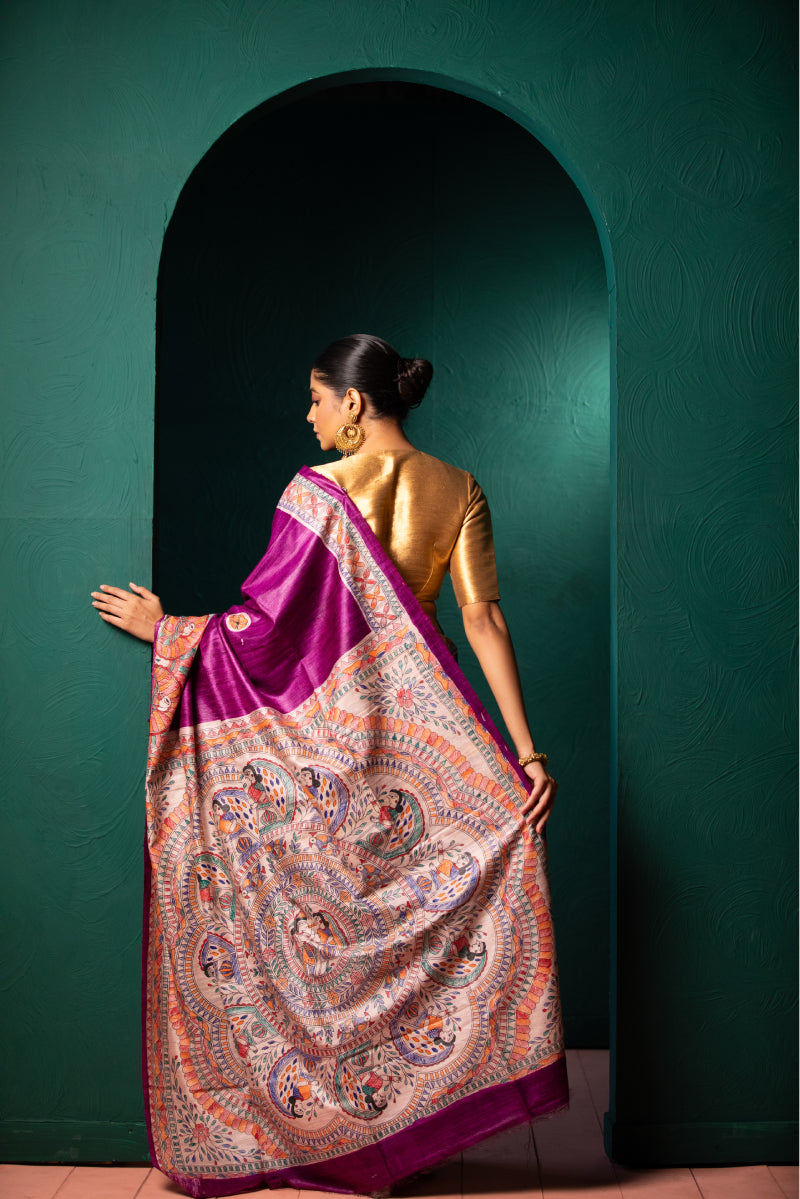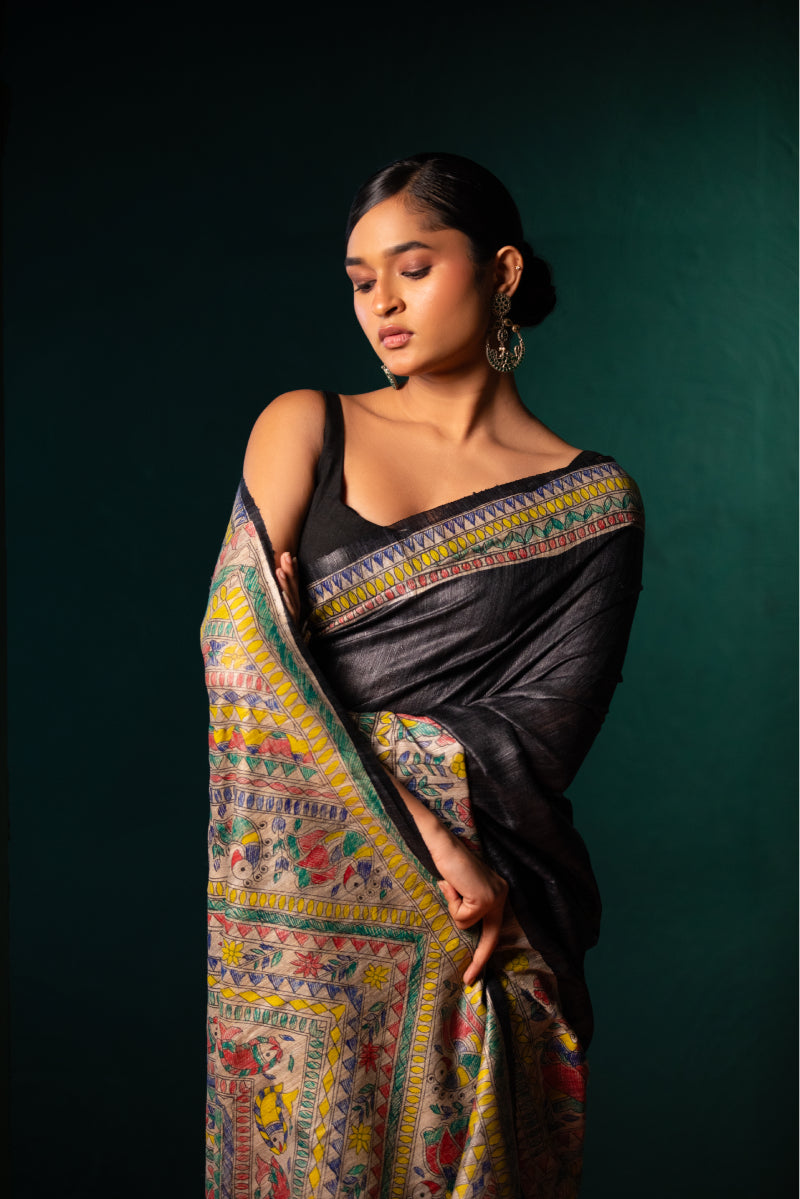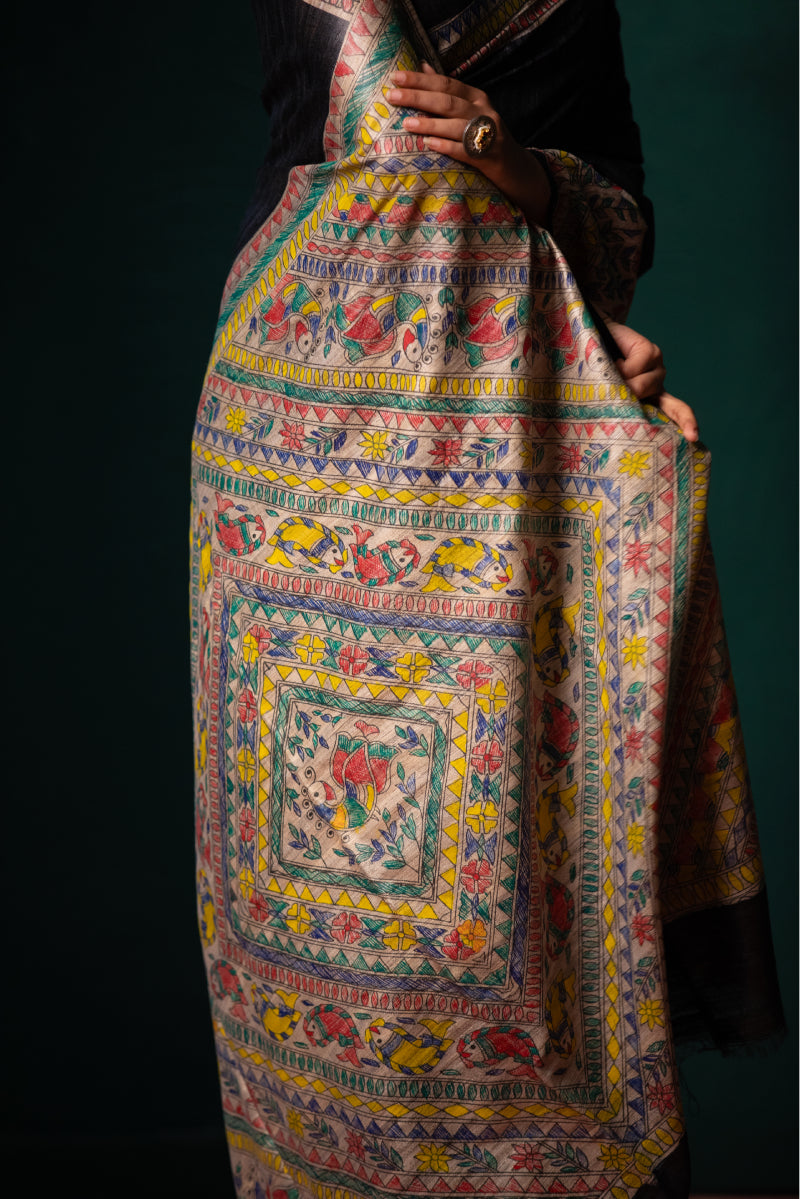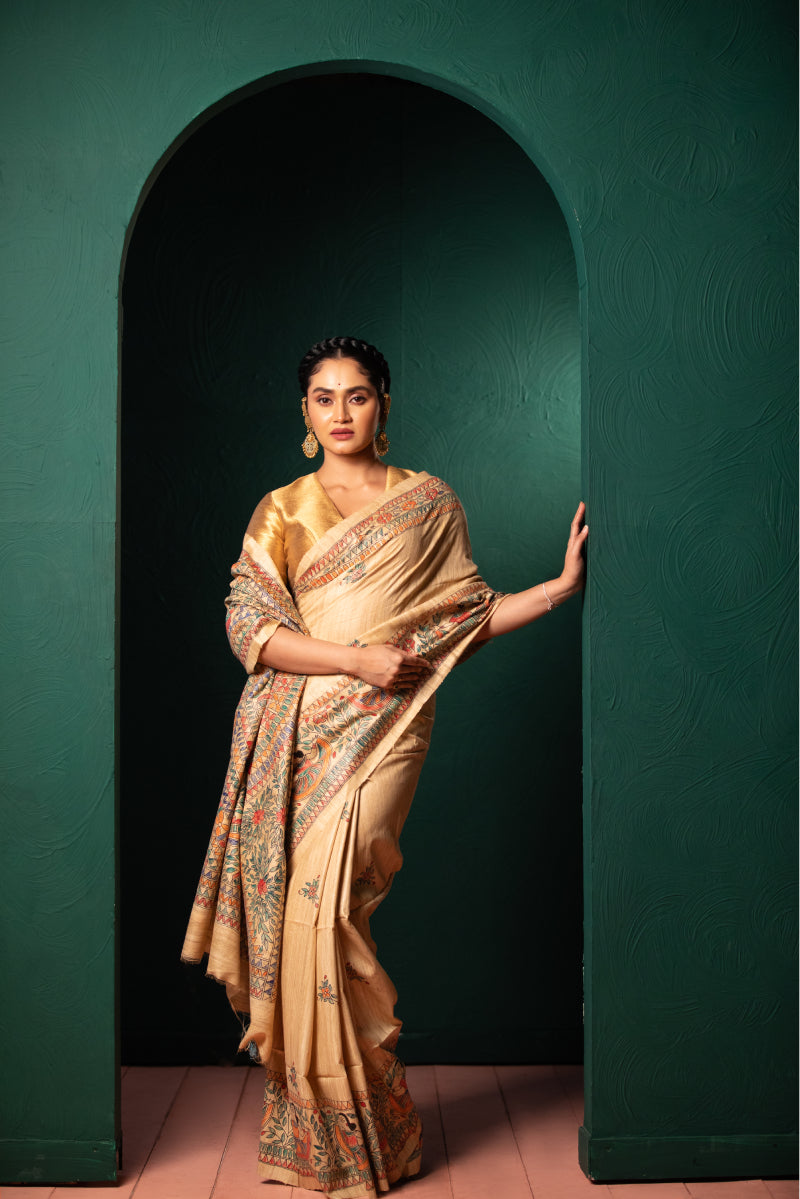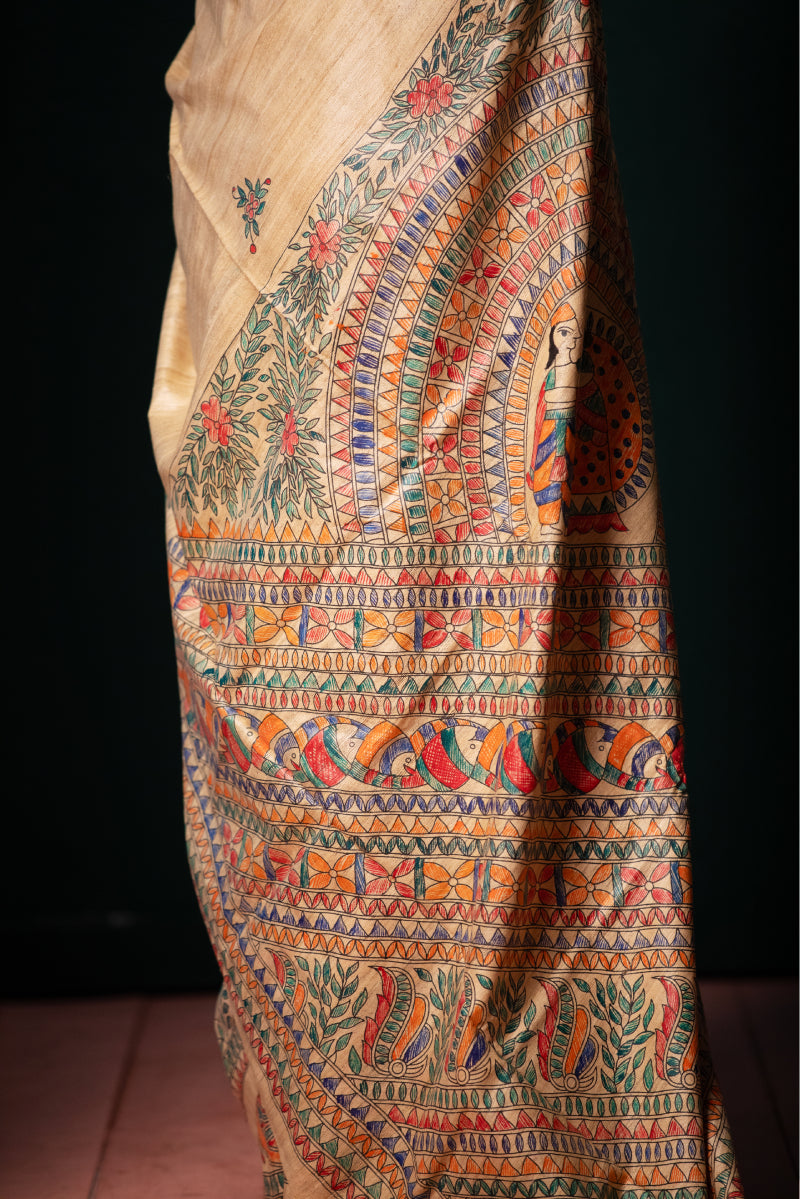The Elegant Journey of Modal Silk: Heritage Meets Modern Comfort
The Birth of a Modern Classic
Modal Silk's story begins in post-World War II Japan, specifically in 1951, when textile innovators sought to create fabrics that offered the luxurious feel of silk with enhanced durability and sustainability. Born from the careful processing of cellulose fibers derived from beech trees, Modal emerged as a semi-synthetic fabric that would change the textile industry forever.
Unlike conventional synthetic fabrics, Modal represented something groundbreaking—an eco-conscious alternative that borrowed from nature while reducing environmental impact. The Japanese innovators who developed this fabric understood that true luxury shouldn't come at the planet's expense.
When Modal met silk in textile blends, something remarkable happened. The resulting fabric combined the breathability and lightweight nature of Modal with the luminous sheen and drape of silk. This marriage created what we now treasure as Modal Silk—a fabric that honors traditional silk's elegance while embracing modern textile engineering.
Characteristics That Captivate
What makes Modal Silk so beloved among fabric connoisseurs and everyday wearers alike? The answer lies in its exceptional qualities:
- Unparalleled Softness — Modal Silk offers a gentle embrace against the skin, with a softness that rivals even the finest natural silks.
- Breathable Comfort — The fabric allows air to circulate freely, making it ideal for various climates and seasons.
- Moisture-Wicking Properties — Unlike pure silk, Modal Silk efficiently draws moisture away from the body, enhancing comfort during extended wear.
- Vibrant Color Retention — The fabric holds dyes exceptionally well, allowing for rich, lasting colors that don't fade easily with washing.
- Subtle Luster — Modal Silk captures light beautifully, offering a subdued sheen that's sophisticated rather than flashy.
Perhaps most importantly in our eco-conscious era, Modal Silk stands as a more sustainable option in the luxury fabric landscape. The beech trees used in Modal production require minimal irrigation and can thrive on marginal land unsuitable for food crops. The closed-loop production process also minimizes chemical waste, making Modal Silk an environmentally responsible choice without compromising on elegance.

The Cultural Journey: From Niche to Necessary
Modal Silk's journey from specialty textile to wardrobe essential reflects broader shifts in our relationship with clothing. In the 1970s and 1980s, Modal Silk was primarily found in high-end boutiques and luxury collections. Its limited availability made it something of a secret among fashion insiders who valued both comfort and elegance.
By the early 2000s, as sustainability concerns entered mainstream consciousness, Modal Silk gained renewed attention. Designers appreciated not only its luxurious hand-feel and drape but also its lighter environmental footprint compared to many synthetic alternatives or water-intensive crops like conventional cotton.
Traditional artisans across Asia, particularly in India and Japan, began incorporating Modal Silk into their heritage craft practices. This blend of innovative material with traditional techniques created something truly special—garments that honored cultural heritage while embracing modern sensibilities and comfort requirements.
The Art of Wearing Modal Silk
What makes Modal Silk truly extraordinary is how it performs in real life, beyond the technical specifications and environmental credentials.
Garments crafted from Modal Silk drape beautifully on the body, following natural contours without clinging uncomfortably. The fabric moves with you rather than against you, creating an elegant silhouette that flatters without constraining. This quality makes Modal Silk particularly suited for flowing designs that celebrate freedom of movement.
The temperature-regulating properties of Modal Silk also make it remarkably versatile across seasons. In warmer weather, it remains cool to the touch and allows heat to dissipate naturally. During cooler months, it offers light insulation without bulk, making it ideal for layering.
Perhaps most appreciated by modern wearers is Modal Silk's easy care nature. Unlike traditional silk that often requires dry cleaning or delicate hand washing, most Modal Silk blends can be gently machine washed and air dried with minimal fuss. This practicality has helped transform Modal Silk from special-occasion wear to everyday luxury.
Traditional Patterns Meet Modern Material
One of the most beautiful developments in the Modal Silk story has been its adoption by traditional textile artisans. Techniques like Ajrakh block printing—an ancient craft dating back thousands of years—have found new expression on the smooth canvas of Modal Silk. The fabric's ability to absorb and showcase intricate natural dyes while maintaining its characteristic drape makes it perfect for these heritage techniques.
The marriage of traditional patterns with Modal Silk creates garments that aren't merely beautiful but meaningful—each piece becomes a conversation between past and present, between natural materials and human ingenuity. When we wrap ourselves in such textiles, we participate in this ongoing dialogue between tradition and innovation.
Modal Silk in the Contemporary Wardrobe
How does Modal Silk fit into our lives today? Its versatility makes it suitable for nearly any occasion. From formal gatherings where its elegant drape commands attention to casual settings where its comfort allows for daylong wear, Modal Silk transitions seamlessly across contexts.
The fabric's natural resistance to wrinkling makes it particularly valuable for travel wardrobes. Garments can be carefully folded in luggage and emerge ready to wear with minimal touching up. This practicality, combined with the fabric's lightweight nature, has made Modal Silk pieces essential for the modern traveler who values both style and function.
For those with sensitive skin, Modal Silk offers another significant benefit. Its smooth fiber surface and natural origins make it less likely to cause irritation than many fully synthetic alternatives, allowing more people to experience luxurious fabrics comfortably.
A Fabric for the Future, Rooted in Tradition
As we look ahead, Modal Silk represents something more than just another textile option. It embodies a thoughtful approach to luxury—one that values sensory pleasure and visual beauty while considering broader impacts on people and planet.
The best Modal Silk garments don't merely adorn the body; they enhance our experience of daily life. They remind us that comfort and elegance need not be opposing forces, that innovation can respect tradition rather than replace it, and that true luxury lies in the thoughtful balance between these elements.
The next time you encounter a piece crafted from Modal Silk, take a moment to appreciate not just its beauty but its story—a narrative of innovation, cultural exchange, and evolving definitions of luxury. Run your fingers across its surface and feel the conversation between natural fibers and human creativity, between Japanese textile innovation and traditional craftsmanship, between past wisdom and future possibilities.
In a world that often forces us to choose between comfort and elegance, between tradition and innovation, Modal Silk offers a more harmonious path—one that celebrates the best of all worlds.

